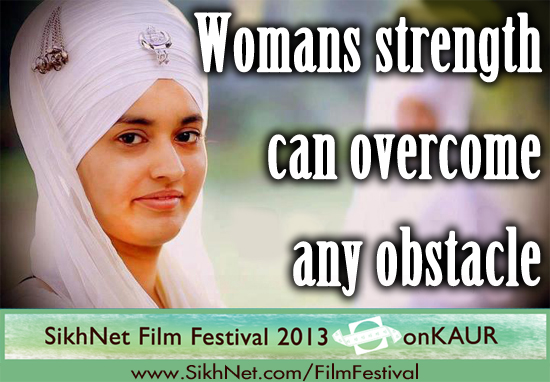US: As an avid movie-goer and an even bigger Harry Potter fan, my ears always perk up when I hear reference made to my favorite magical characters. As I go through life meeting people who claim to be like Ron or Harry, I am always excited to meet young women who identify with Hermione Granger. This intelligent, politically active, fierce warrior and book-worm is by no means traditionally beautiful and is not afraid be the first to answer a question in the classroom. When I started paying attention to why I was so pulled to the character of Hermione in the books and on the screen, I found myself confronted by the reality that there are very few powerful female voices in the media I engage with.
Upon further exploration, I found the following alarming statistics. According to the 2013 report of the status of women in US media, women comprised just 9 percent of the directors of the top 250 domestic grossing films of 2012. Women comprised 39 percent of documentary directors whose work appeared at major festivals in 2011-12. In TV, women held 26 percent of the behind-the-scenes roles during the 2011-12 primetime season. Finally, male directors outnumbered females 4 to 1 in prime-time television.
The unavoidable truth is that most media is produced by men.
Pair this with the understanding that in one week American teenagers spend 31 hours watching TV, 17 hours listening to music, 3 hours watching movies, 4 hours reading magazines, and 10 hours online. That’s 10 hours and 45 minutes of media consumption a day.
What becomes clear is that we are consuming media at an unprecedented rate and the representation of women’s voices in media is unacceptably low. The image of women in the media is constructed almost entirely by men. This leads to a very narrow and monolithic portrayal of women. There are few, if any, women of color, older women, or women in positions of power on screen. As young Sikh women we do not see ourselves reflected in the media we consume.
To find a healthy alternative we need look no further than the greatest example of divinity in our lives and the most unmediated version of truth we have: Siri Guru Granth Sahib Ji. Our Sikh Gurus led by the highest example and captured the female voice in their writing to a point of perfection. An overwhelming amount of Gurbani is written from the female voice. The metaphor of the soul-bride longing to merge with the Husband-Divine creates a discourse of love imbued with typical female characteristics. Although the soul is genderless, through the metaphor of the bride and groom, Guru Ji gives the female voice the highest honor by placing it at the center of the love-driven need to merge with the Divine. The feminist revolution started by Guru Nanak Dev Ji and carried passionately by all ten Nanaks leaves no room for doubt that in Sikhi, women are equal in every sphere of life.
As Sikhs, we have been given the tools, examples and explicit instructions to have women be present in all elements of life. Sikhi is deeply ground in oral traditions, music and arts. Film is yet another medium which provides a platform for women to express themselves. Increasingly so, visual media is a way to mobilize, inspire and change the world. In this unique historical moment, women possess the ability to tap into their capacity to transform themselves, their families and their communities. Women are at the forefront of oppressive struggles and their experience of living and breathing these struggles provides valuable fuel for change.
As a member of Kaurs United, I have had the honor of being part of an organization that strives to uplift and inspire Sikh women so they can uplift and inspire the world. Over the years Kaurs United has strived to provide positive role models for young Sikh women. In line with our vision, the Sikhnet Film Festival provides an amazing opportunity to focus on the female voice in film. The Gurus recognized long ago that to create change on any level, women need to be a part of the conversation. In order to be a healthy society, we need the voices of women to be heard. Be it Hermione or Sundari, women need to see complex, relatable characters on screen. I look forward to the films that come out of this project and sharing them with other Sikh women.
Source: SikhNet.Com
 Sikh Sangat News Celebrating Sikh culture and sharing Sikh voices
Sikh Sangat News Celebrating Sikh culture and sharing Sikh voices

